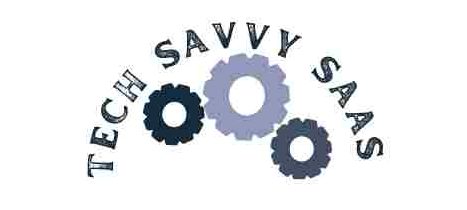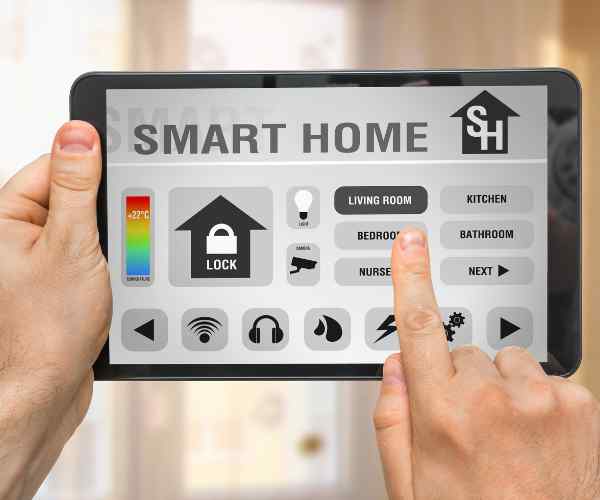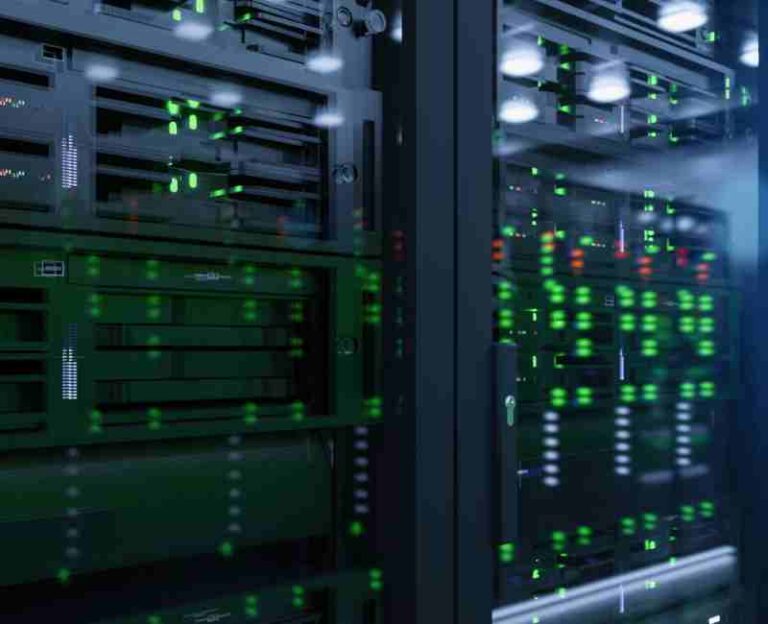The environmental impact of traditional printing practices has become a pressing concern. The conventional methods of printing, often characterized by excessive paper usage, energy consumption, and the utilization of non-eco-friendly materials, contribute significantly to the depletion of natural resources and the exacerbation of climate change. As we stand at the intersection of technological advancement and environmental responsibility, there is an urgent need for businesses to embrace sustainable printing solutions.
The overarching goal of adopting sustainable printing practices is to strike a balance between business needs and environmental stewardship. Businesses today play a pivotal role in shaping a more sustainable future, and the realm of printing offers a prime opportunity to make a positive impact. In this context, key terms such as printing, business, sustainability, materials, and environment form the cornerstone of our exploration of eco-friendly printing practices.

Sustainable Printing Practices (H2: Solutions)
In the realm of business operations, adopting sustainable printing practices stands as a pivotal step toward environmental responsibility. This section provides an overview of eco-friendly printing solutions tailored specifically for businesses, shedding light on the transformative impact they can have on the planet and the bottom line.
Recycled Paper and Its Benefits
Recycled paper emerges as a cornerstone in the journey towards sustainable printing practices. Beyond the obvious environmental benefits of reducing the demand for fresh pulp, recycled paper presents businesses with a spectrum of advantages. It not only lessens the strain on natural resources but also serves as a cost-effective alternative. In this context, businesses are encouraged to explore the diverse options available on the market, taking into account both cost-effectiveness and the maintenance of print quality.
Environmentally friendly inks
The environmental footprint of traditional inks is a crucial consideration in sustainable printing. This subsection delves into the adverse impact of traditional inks on the environment, emphasizing the need for a shift towards eco-friendly alternatives. Eco-friendly inks, which can be derived from sustainable sources, boast a range of benefits. From reduced emissions during production to safer disposal practices, these inks not only mitigate environmental harm but also contribute to a more circular and responsible printing process. By exploring the landscape of environmentally friendly inks, businesses can make informed choices that align with both ecological and operational objectives.
Efficient Printing Technologies (H2: Technology)
As businesses strive for greater sustainability, the adoption of efficient printing technologies emerges as a pivotal strategy. This section delves into the transformative impact of technology on reducing environmental harm, with a specific focus on energy-efficient printers and their role in diminishing the carbon footprint of printing operations.
Inkjet Technology for Eco-Friendly Printing
One of the leading advancements in printing technology, inkjet technology, takes center stage in the pursuit of eco-friendly printing. This subsection scrutinizes how inkjet technology goes beyond merely producing high-quality prints; it actively contributes to the reduction of ink consumption and waste, two critical elements in sustainable printing practices.
Reducing ink consumption and waste
Inkjet printers excel at minimizing ink consumption through precision printing techniques. Unlike traditional printing methods that may use excessive ink for large-scale productions, inkjet technology optimizes ink application, ensuring that each drop contributes to the final print with minimal waste. This not only conserves resources but also aligns with cost-saving measures for businesses.
Benefits of Inkjet Printers for Businesses
The advantages of adopting inkjet printers extend beyond environmental considerations. These printers, known for their versatility and efficiency, offer businesses a range of benefits. From the ability to produce high-quality prints with vibrant colors to the capacity to handle various printing materials, inkjet printers provide businesses with a flexible and sustainable printing solution. By embracing inkjet technology, businesses can make significant strides toward a more eco-friendly and efficient printing environment.
Sustainable Business Practices (H2: Practices)
In the pursuit of a more sustainable business model, adopting sustainable printing practices becomes instrumental. This section outlines strategic approaches for businesses to not only reduce waste but also enhance overall sustainability in their printing operations.
Green marketing and its impact
Green marketing, a subset of sustainable business practices, plays a pivotal role in shaping consumer perceptions and driving positive environmental impact. This subsection delves into the profound influence of eco-friendly marketing on consumer attitudes and explores sustainable design practices for various marketing materials.
Positive Impact of Eco-Friendly Marketing
Implementing eco-friendly marketing strategies goes beyond a mere commitment to environmental responsibility; it actively shapes how consumers perceive a business. By aligning marketing efforts with sustainable values, businesses can cultivate a positive image, demonstrating a genuine commitment to environmental well-being. This, in turn, can lead to increased customer loyalty, attracting a conscious consumer base that values businesses with a strong commitment to sustainability.
Sustainable Design Practices for Marketing Materials
Beyond marketing messages, the design of marketing materials itself contributes significantly to sustainability. This section explores sustainable design practices that businesses can integrate into their marketing collateral. From using eco-friendly materials to employing minimalist and recyclable packaging, businesses can make choices that not only reduce their environmental impact but also resonate with environmentally conscious consumers.
Quick Tips for Eco-Friendly Printing
To facilitate a seamless transition towards eco-friendly printing practices, businesses can implement a series of quick tips that not only contribute to environmental conservation but also offer substantial cost-saving and efficiency benefits. Here are some actionable steps to embark on a sustainable printing journey:
Optimizing print settings stands out as a fundamental step in reducing the environmental impact of printing. By defaulting to draft mode, adjusting print quality, and selecting duplex printing options, businesses can significantly cut down on paper and ink usage. This not only conserves resources but also leads to direct cost savings, making it a win-win approach for both the business and the environment.
Selecting sustainable printing materials is a decisive move towards reducing the ecological footprint of business operations. Opt for papers certified by organizations such as the Forest Stewardship Council (FSC) and explore alternatives like recycled paper. This choice not only aligns with environmental responsibility but also sends a clear signal to suppliers and consumers about the commitment to sustainable practices.
One of the simplest yet most effective eco-friendly practices is double-sided printing. By utilizing both sides of a sheet, businesses instantly halve their paper consumption. This practice not only aids in waste reduction but also contributes to lower costs associated with paper purchases. Modern printers often come equipped with automatic duplexing options, making them a hassle-free and efficient choice for businesses aiming to enhance their sustainability.
FAQs
How can businesses reduce ink consumption?
Reducing ink consumption is a central concern for businesses aiming to minimize their environmental impact. Strategies such as optimizing print settings, utilizing eco-friendly ink alternatives, and embracing modern ink-efficient technologies like inkjet printers can significantly contribute to ink conservation.
What are the key benefits of using recycled paper in printing?
Choosing recycled paper brings forth a multitude of benefits. Beyond environmental preservation, recycled paper is often cost-effective, exhibits comparable quality to non-recycled counterparts, and supports a circular economy by reducing the demand for fresh raw materials.
Are there any government regulations promoting eco-friendly printing practices?
Government regulations play a pivotal role in shaping business practices. The promotion of eco-friendly printing practices is increasingly becoming part of regulatory frameworks globally. Familiarizing with and adhering to these regulations ensures businesses are not only compliant but also contributing positively to environmental stewardship.
How can businesses ensure the quality of prints while using sustainable materials?
Ensuring print quality with sustainable materials involves meticulous choices. Businesses can opt for high-quality sustainable materials, conduct thorough testing, and collaborate with reputable suppliers. Additionally, embracing modern printing technologies that support sustainable materials enhances the overall printing experience.
What role does printer efficiency play in reducing environmental impact?
Printer efficiency is a critical factor in determining the environmental impact of printing. Energy-efficient printers, such as inkjet models, not only reduce carbon footprints but also contribute to overall sustainability by minimizing resource consumption.
Conclusion
In conclusion, the imperative for businesses to adopt eco-friendly printing solutions is underscored by the interplay between environmental responsibility, cost savings, and long-term sustainability. The positive impact on the environment realized through reduced waste, optimized resource consumption, and lower carbon footprints is complemented by tangible economic benefits.
The shift towards responsible printing practices aligns with the evolving expectations of consumers and regulators alike. As businesses make this transition, they not only contribute to a healthier planet but also position themselves as leaders in a landscape where sustainability is a cornerstone of success.
More Post






